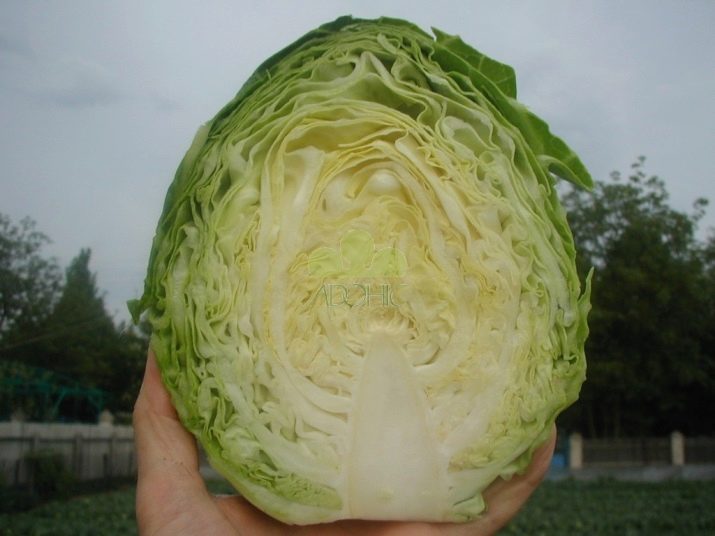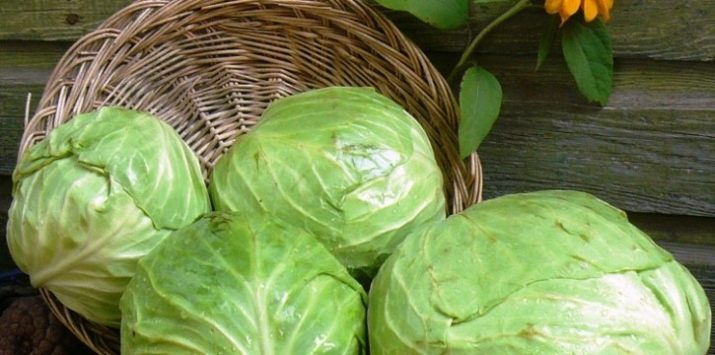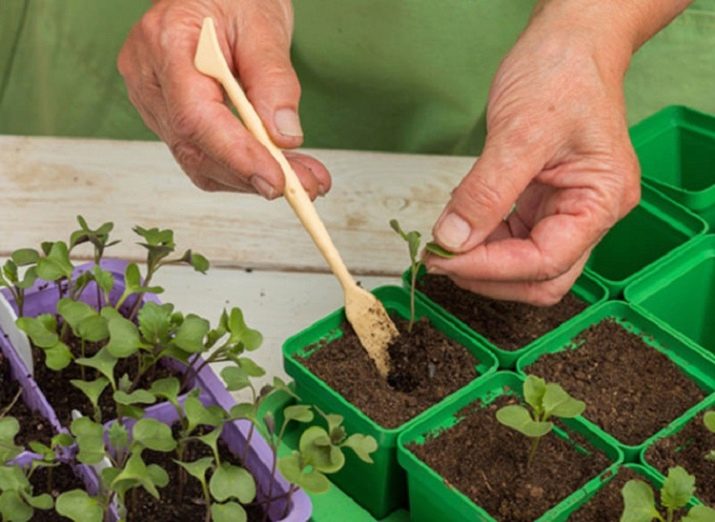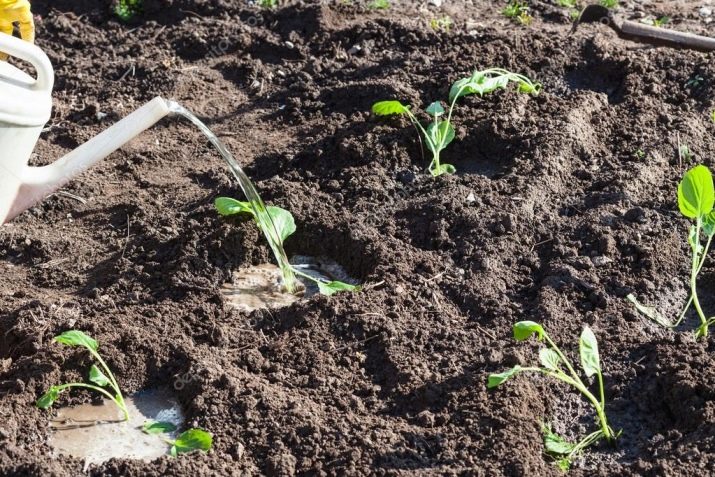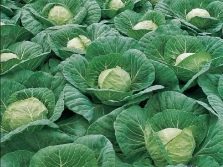Cabbage "Parel": characteristics of the variety and characteristics of cultivation
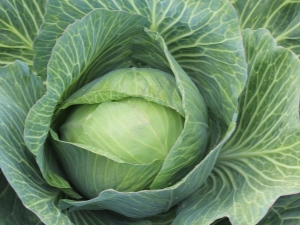
Although the Parel cabbage variety is an achievement of specialists from Holland, Russian gardeners are very fond of this early-growing vegetable, which has a sweetish taste and attractive appearance.
Description
Cabbage "Parel" (in another way called F1) is a hybrid of white cabbage, purposefully bred by the Dutch. Its bright feature is quite early ripening. From the time the seedlings are planted in the ground until the opportunity to enjoy fresh vegetables, it takes only 60 days or even less. Compared with other varieties, this period is almost a record. Since its maturation, it can stay for 2 weeks on the garden, without losing its attractive appearance and taste characteristics.
The maximum weight of the head is 2 kilograms, but usually it varies from 800 grams to 1.5 kilograms. The cabbage itself is quite dense, medium in size with leaves of a light green shade. When it is on the bed, on the sheets you can see a thin coating of wax, but it disappears when it touches your hands. The stump is compact, which demonstrates the presence of minimal waste during cooking.
In general, all varieties similar to the "Parel F1" are characterized by high resistance to low temperatures and their change. Also, hybrids are different immunities to diseases from which other species die. This cabbage does not crack for a sufficient period of time, so you can harvest as much as 2 weeks.
It is important to note that the seeds from Parel F1 are not suitable for harvesting. Like other hybrids, they are unable to “repeat themselves” in the next year, so their collection does not make sense. Belokochanskaya F1 is chosen both for small garden lands and for industrial production - in a short period of time, even in dense conditions, quite large heads of stone are formed.
Advantages and disadvantages
The advantages of "Parel" include, first of all, the fact that it is early. It seamlessly tolerates bad weather, is stable and gives a big crop - about 6 kilograms per 1 square meter. Judging by the reviews, the taste of the product is considered an advantage - moderately sweet, juicy and creating a feeling of freshness. Cutting cabbage, you can also catch the "delicate" flavor. The head does not crack and most often avoids diseases, and during transportation retains its properties.
However, it is possible to distinguish several disadvantages of F1. The head of cabbage is relatively small and ripens in smaller quantities than other varieties. In addition, this cabbage can not be squash and can not be stored in winter.
“Parel” should be eaten in a relatively short time, so sellers are trying to realize most of the harvest on the market. Among other things, the seeds will have to be purchased every year and re-planted cabbage.
Cultivation
Such vegetable is grown both in the greenhouse, and on an open ground. If the greenhouse is equipped with heating, then you can produce fresh cabbage all year round. It is possible to use seedlings or sow the seeds directly into the ground.
Seedlings allow cabbage to grow at an even greater rate in the presence of a greenhouse on the site. This process can begin in March. It should be recalled that it is better to sow the seeds immediately in separate peat pots to avoid diving. In extreme cases, they should be “separated” in two weeks. Before seeds need to germinate, placing in a wet cloth and leaving the battery. Seedlings germinate at a temperature of 20 to 22 degrees of heat (at night it can be reduced by half), good lighting, regular ventilation and watering once a week.
For irrigation it is recommended to use warm water or a weak solution of potassium permanganate. Twice you can also feed the plant with nitrogen supplements, and a couple of days before transferring to the ground - potash-phosphorus. Planting on the bed occurs when the age of seedlings will be a half or two months. Two weeks before this event, the seedlings begin to harden. When transplanting is the selection: weak copies are eliminated, and strong, healthy and with sheets in the amount of five pieces, sent to the garden. When the roots are too long, they are not afraid to shorten.
Seedlings are sown in the amount of 4-5 plants per 1 square meter of a bed around mid-April or early May. It is believed that it is better to carry out the procedure in the morning or on an overcast day - that is, when the sun is not strong. If a sprout is planted, it will have to be buried up to the third leaf. Then the ground is compacted so that the roots do not have voids left. The bed is watered and covered with dry soil.
If you do not want to bother with seedlings, you can sow the seeds directly into the ground. The ripening process will slow down a bit, but you don’t have to worry about preliminary procedures. The only thing that will have to be done is to choose a place in the fall, dig a future bed and fertilize it.
It is believed that for cabbage is suitable any land, seasoned in a sufficient amount of humus. Over it the protective flooring, for example, a layer of compost, a peel and hay and a dense film is put for the winter.
It is better to plant on those places where onions, peas, beans, cucumbers or carrots with potatoes grew earlier. It is not recommended to choose last year’s places or those where tomatoes, beets, radishes and turnips sprouted. Seeds are planted in small depressions, then sprinkled with earth and compacted. Between the rows there should be a distance of 30 centimeters. After they are abundantly irrigated and wrapped with polyethylene. It can be removed only when the first shoots appear.
Seedlings are regularly fertilized and protected by ash. An exception is the phase during which the leaves thicken - the use of fertilizers at this time can adversely affect the emerging head. In the period when the first sheets are formed, you need to water it once for 10 days, after which it is loosened.
There are three important phases. The first leaves appear on the first. At this time, careful care is needed behind the seedlings: caput must be fed, planted drop-down plants, protected from pests and watered in a timely manner. The second phase continues until the heads appear. It is necessary to feed and water the plant, but to deal with pests is more environmentally friendly: instead of chemicals, give preference to folk remedies. Finally, in the third phase, the rows are thickened with leaves. You can stop feeding "Parel", but you can not throw the loosening and watering.
If in an area where cabbage is grown, dry periods often occur, then watering should be done 2-3 times a week or even daily. Usually the procedure is performed in the evening hours, for which water is settled during the day. You need to water the cabbage under the root with warm water, because cold can lead to weak root growth and even plant disease. If the weather is in order, then you can water once a week or as needed. Loosening is carried out carefully, so as not to damage the outlet of the leaves. When it reaches an impressive size, it is better to remove the weeds by hand, without the use of special equipment.
Despite the outstanding resistance laid genetically, sometimes the plant is attacked by pests: cabbage flies and whiteflies, flea beetles and aphids. To combat them, it is not necessary to use chemicals; you can limit yourself to decoctions and infusions that will not have a negative effect on the vegetable itself. To repel insects, it is also advised to plant marigolds next to cabbage. It is believed that their smell will deter pests.
To protect cabbage from various diseases, even before sowing, it will be necessary to heat the grains at a temperature of approximately 70 degrees Celsius. In addition, it is important to monitor the color of the leaves - if it disappears and the cabbage fades, it means that there is a lack of nitrogen. Harvesting begins in mid-June, and ends in the fall.
We can not let the cabbage "Parel" overripe - head must be dense and shiny. Gather vegetables by trimming the stalk near the ground.
Application
F1 - a vegetable is not only tasty, but also useful, especially when fresh. In the composition of a lot of fiber and vitamin C.Therefore, it is often chosen for diet, cooking for children and therapeutic needs. Cabbage is used for cooking salads, for cooking soups, and for stewing garnishes. During heat treatment, the sheets quickly reach readiness and are well crushed into puree by a blender. The only exception is pickling - “Parel” cannot be processed in this way. Finally, the cultivation of such cabbage can be monetized - early varieties are in special demand in farmers' markets.
The process of planting cabbage seedlings in the greenhouse, see the following video.

